Jhalakathi, July 11 (V7N) – Following a series of investigative news reports, the Upazila Primary Education Office in Rajapur, Jhalakathi has issued a show-cause notice to Shahida Khanam, head teacher of Government Primary School No. 99, Uttar Purbo Chhoto Koirbotkhali. The action comes in response to allegations regarding inflated student enrollment figures and misuse of government resources.
Earlier this month, several national and regional media outlets published reports titled “Five Teachers for Six Students: The Reality at a Government Primary School” and “Laptop at Teacher’s Home, Used for Personal Work”. The reports revealed that only six students were attending the third, fourth, and fifth grades combined, despite the presence of five full-time teachers at the school. It was also alleged that the government-issued laptop was being kept at the head teacher’s residence for private use.
In response, the Rajapur Upazila Primary Education Office issued a formal show-cause notice to Shahida Khanam on July 7, giving her three working days to submit a written explanation. Simultaneously, Assistant Upazila Education Officer Md. Riaz was directed to conduct an on-site investigation, which included verifying actual student attendance in the presence of the head teacher.
In her written reply, Shahida Khanam stated that as of February this year, the school had 51 students on paper, but due to various factors, the number had since dropped to 35. She claimed that on the day journalists visited the school, 25 students were present—19 in pre-primary to class two, and six in classes three to five. Regarding the laptop, she said it had been taken home due to rain and was not used for personal purposes.
However, the investigation report submitted by Assistant Education Officer Md. Riaz indicated otherwise. His findings showed that on the day of the visit, there were 12 students in pre-primary, 6 in class one, 4 in class two, 2 in class three, 1 in class four, and 1 in class five—totaling 26 students. The report noted inconsistencies between official records and real-time attendance.
Several local residents, speaking on condition of anonymity, alleged that the actual daily attendance at the school typically ranges between 10 and 15 students. They claimed that upon learning of the upcoming investigation, students were specially brought in to present an inflated attendance figure. Residents also complained that the school does not operate multimedia classrooms, teachers often arrive late, and classes are dismissed early without justification.
When asked, Rajapur Upazila Primary Education Officer Akhtar Hossain confirmed that both the show-cause response and the investigation report had been forwarded to the Jhalakathi District Primary Education Office for further review. “The matter is now under the jurisdiction of the district office, and further action will follow due legal process,” he stated.
Commenting on the situation, Jhalakathi District Primary Education Officer Zahidul Kabir Tuhin said, “We have received both the investigation report and the head teacher’s explanation. The matter is currently under legal review, and appropriate measures will be taken based on the findings.”
The case raises broader concerns about accountability, oversight, and the quality of education in rural government schools. Education officials and civil society members are urging stricter monitoring mechanisms and data transparency to ensure that public resources serve their intended purpose.
END/AIJ/SMA/



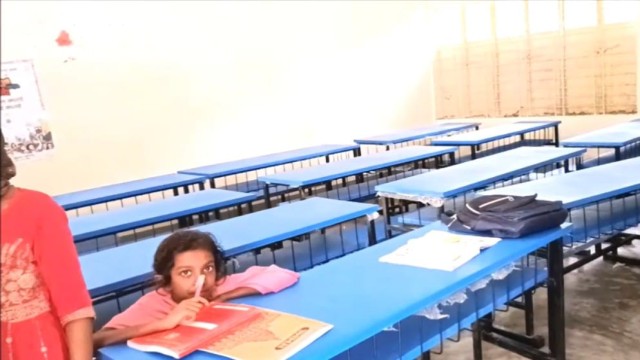
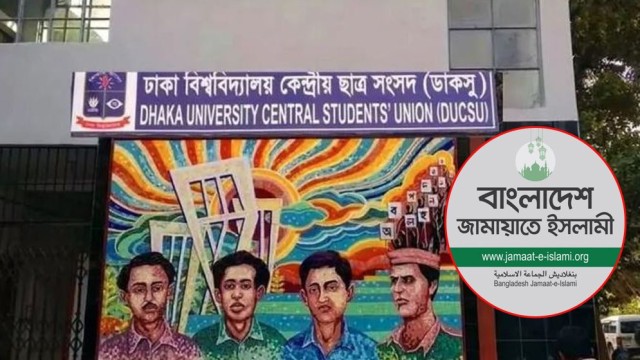
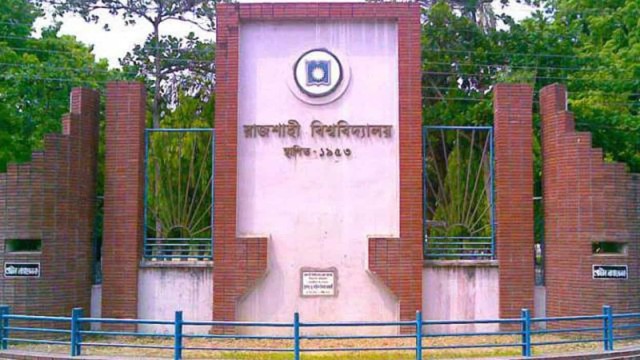
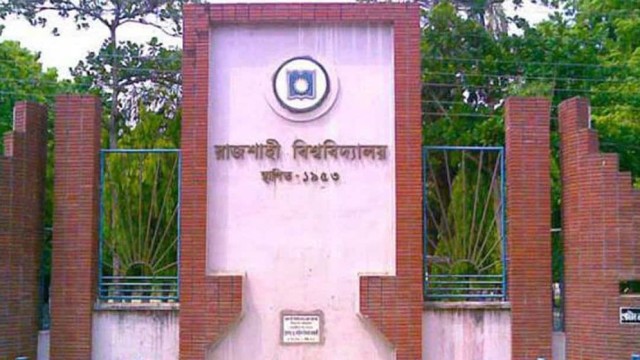
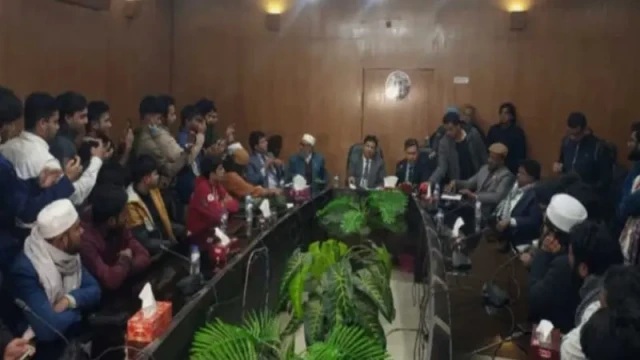
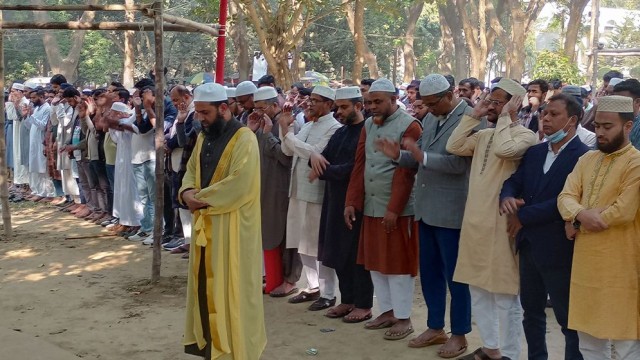
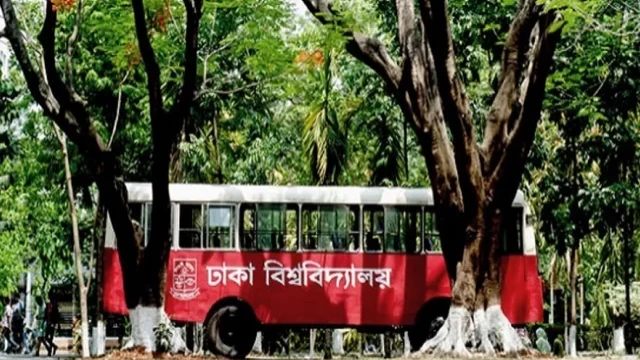
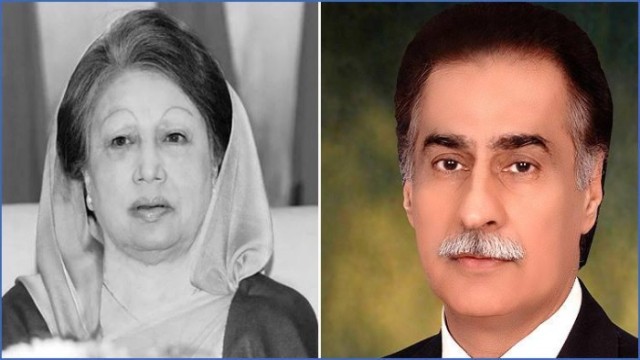

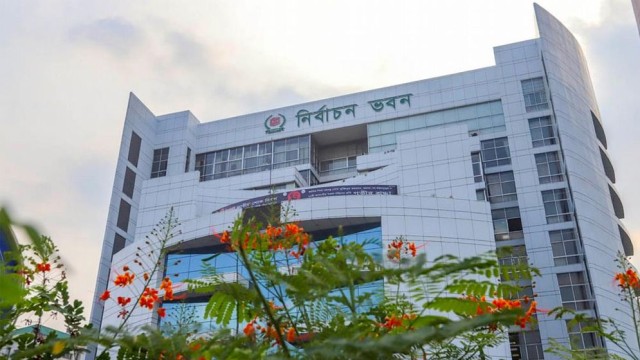
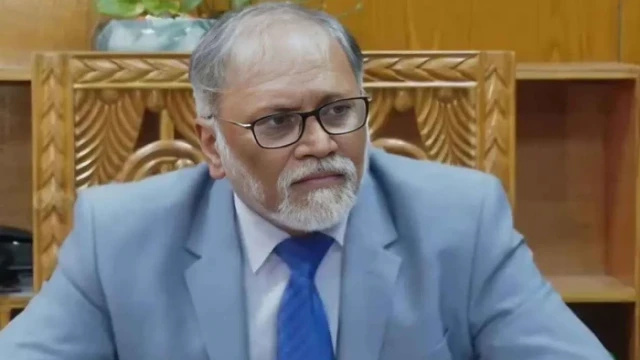
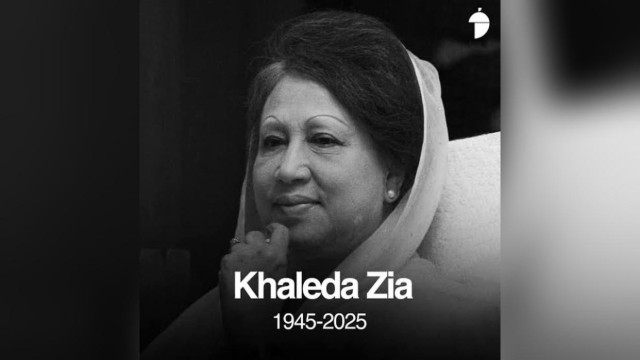
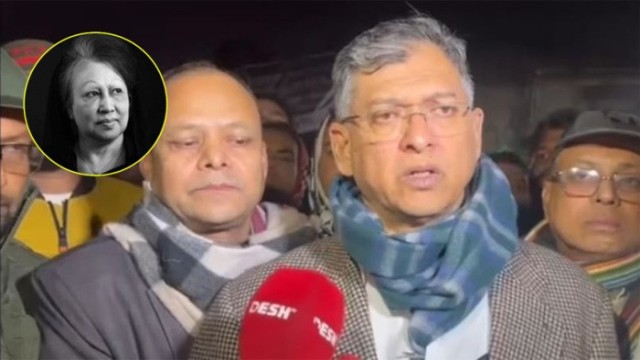
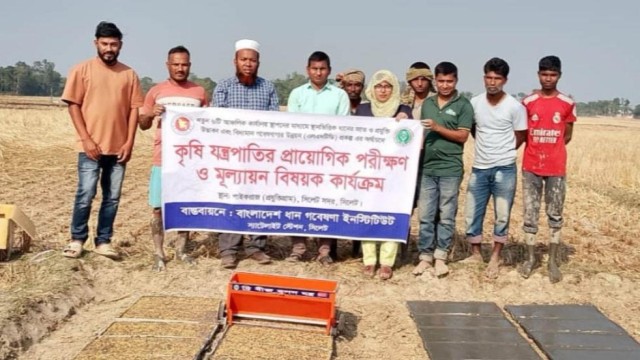

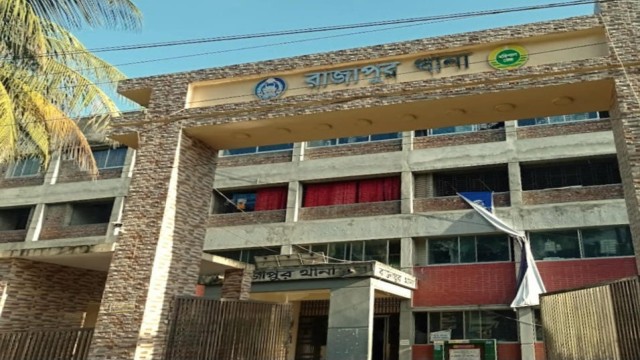
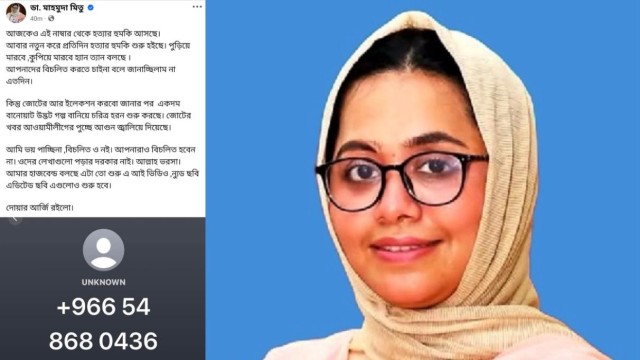

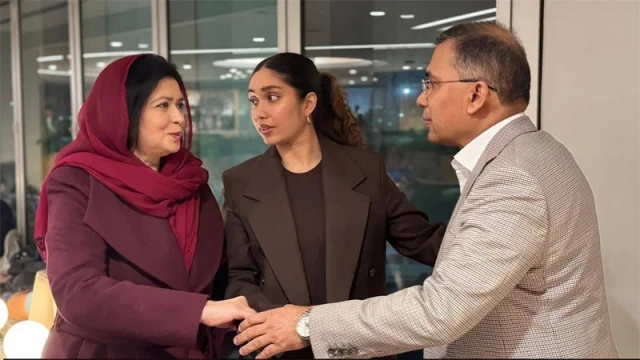
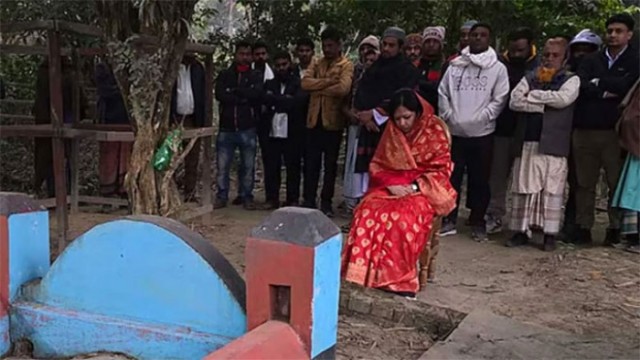

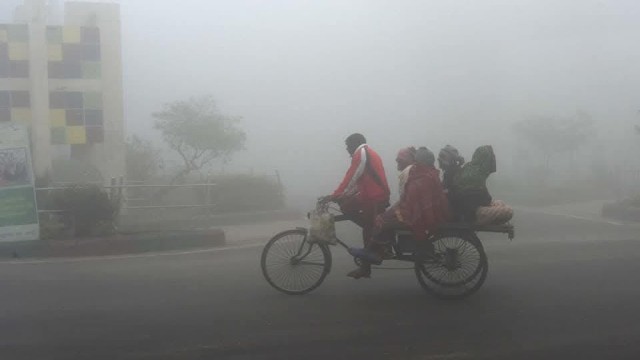
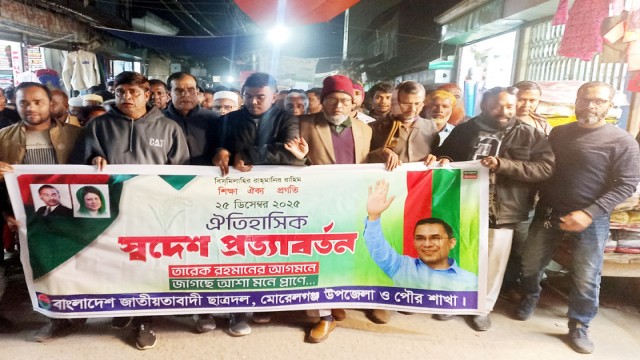
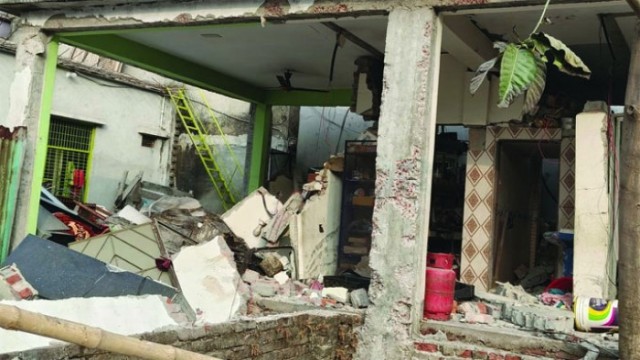

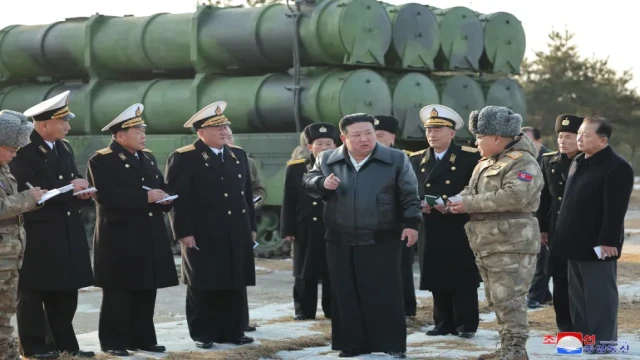


Comment: